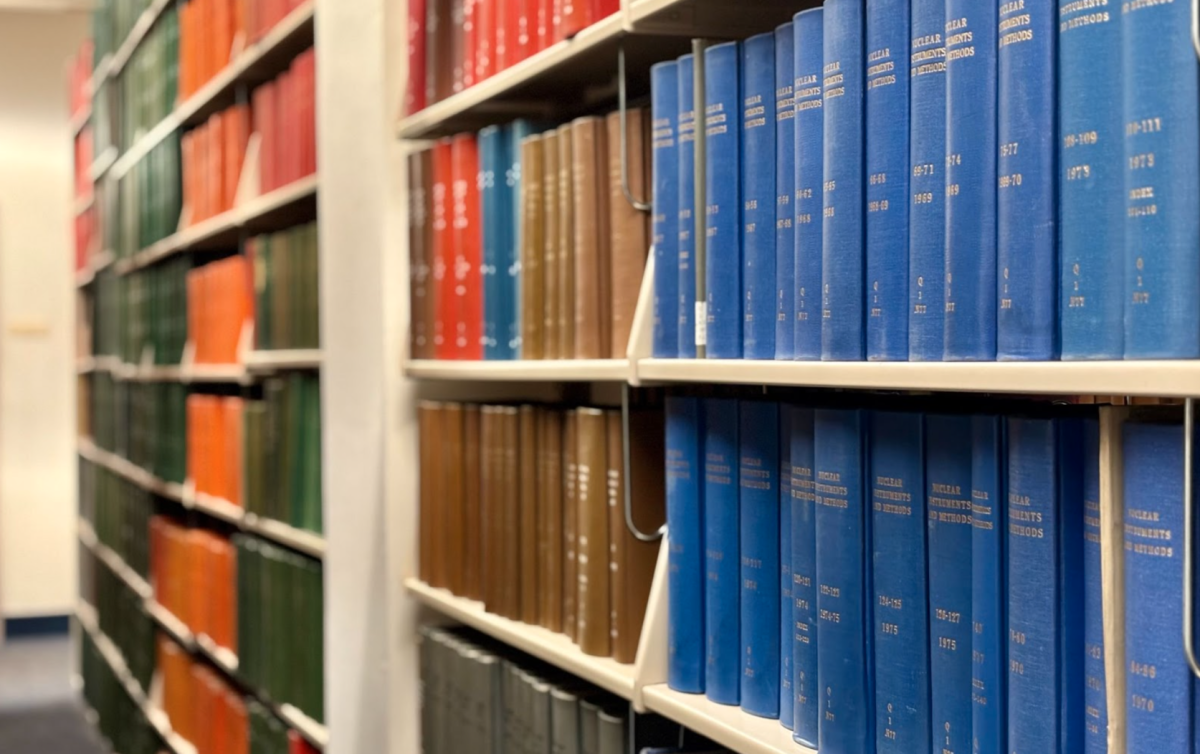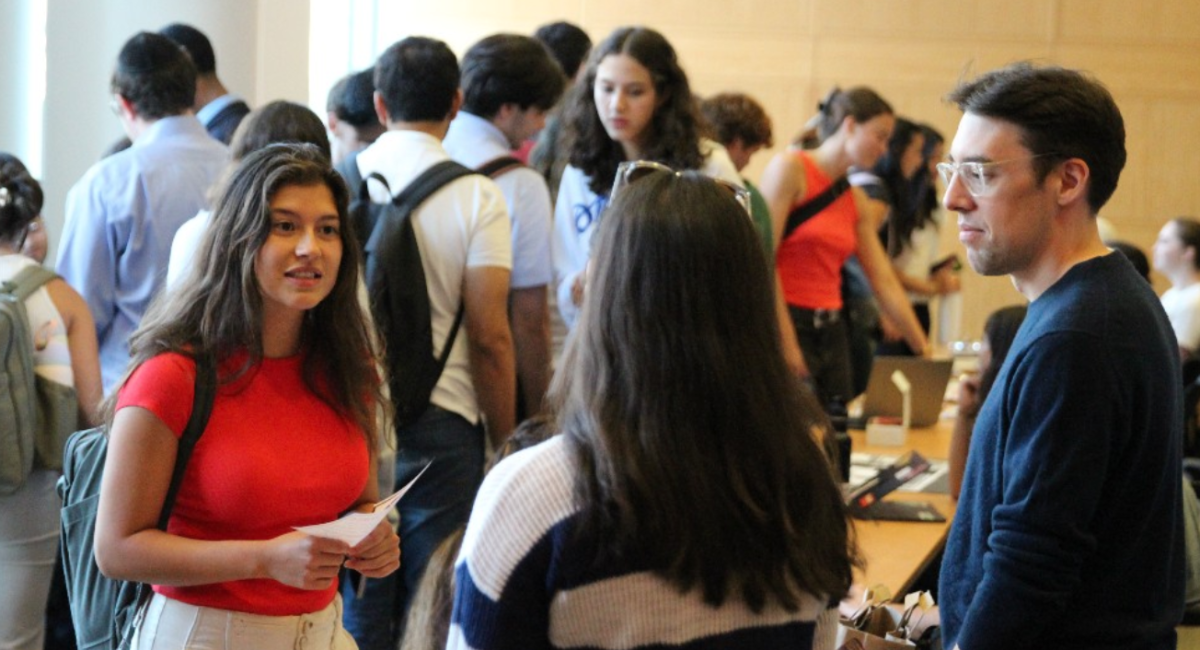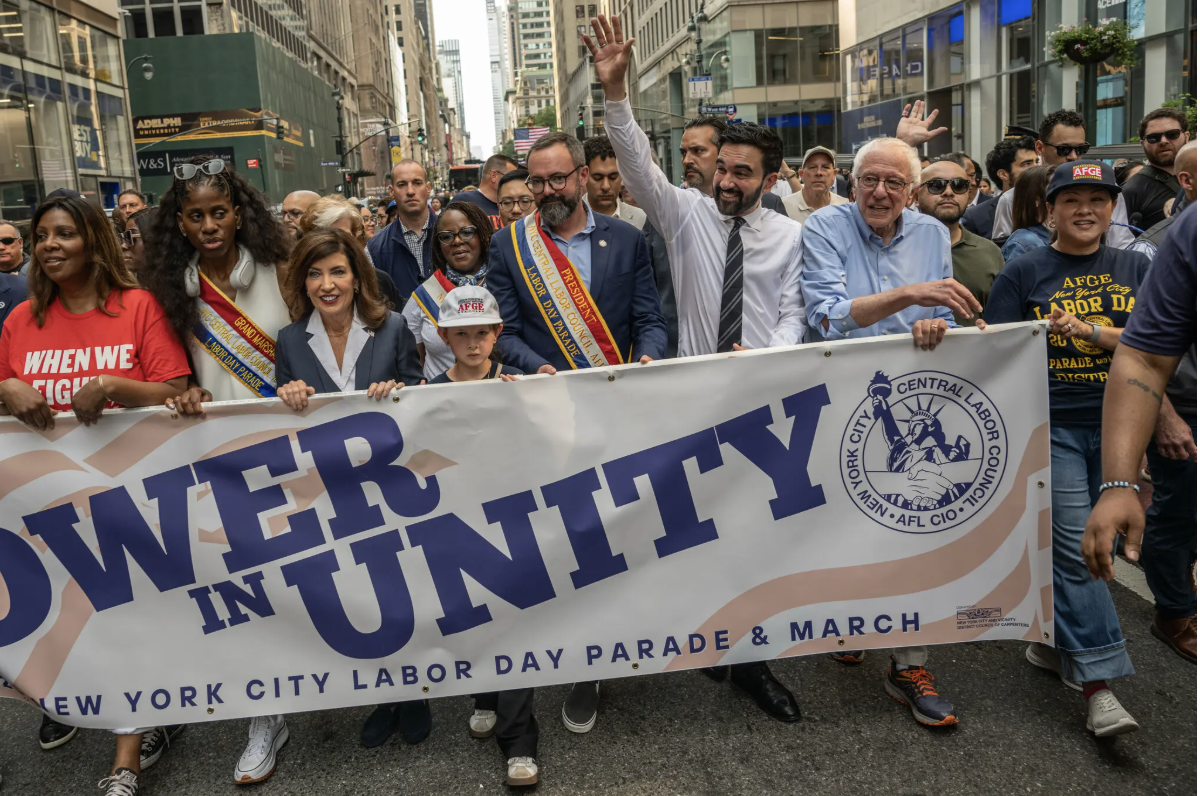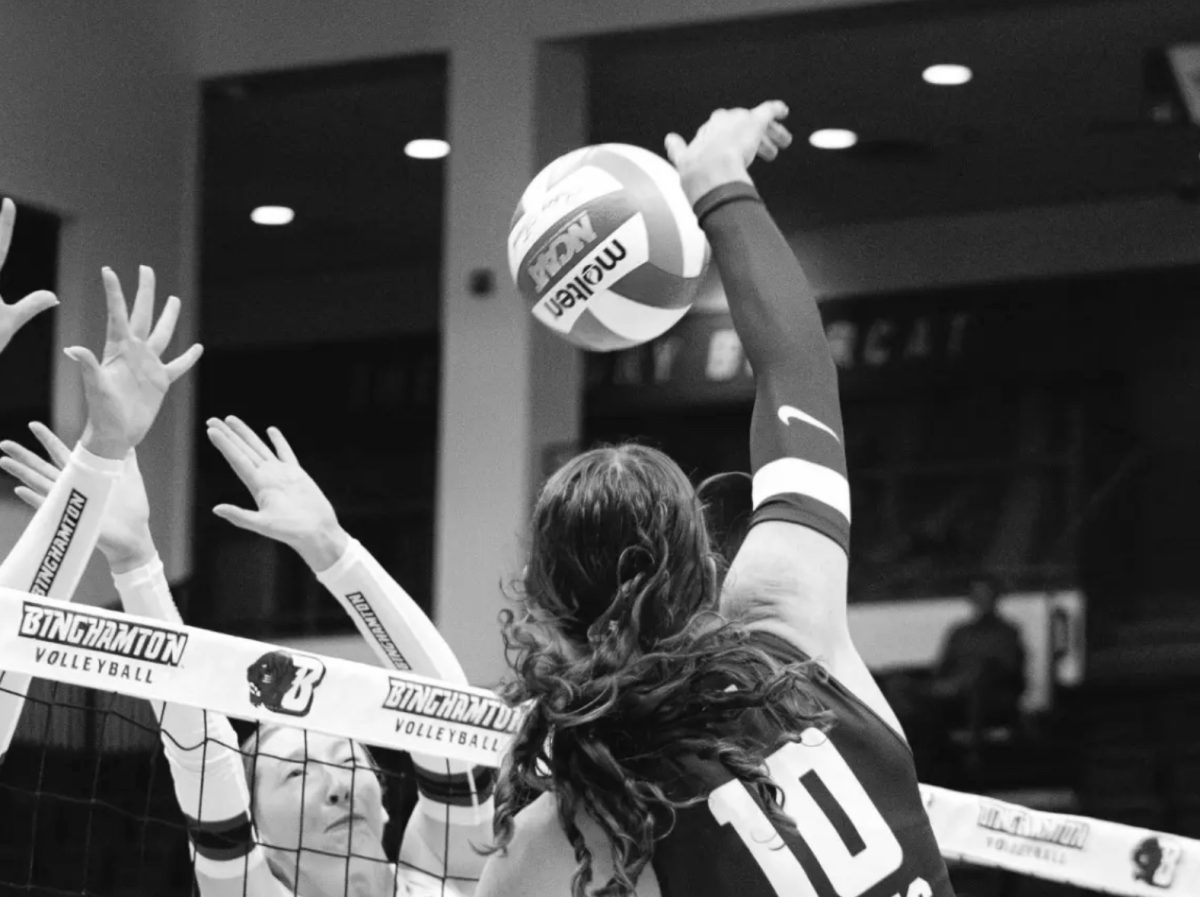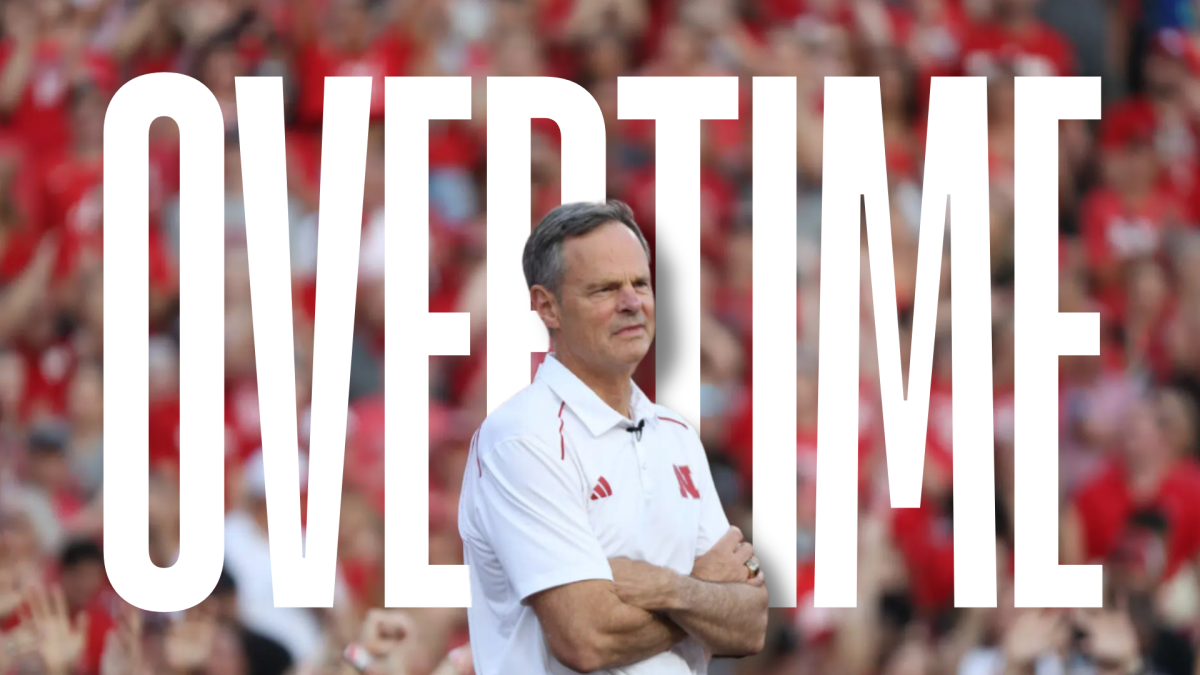Public Safety sent an email to the Fordham community on Oct. 2 detailing a bias incident that happened in Martyrs’ Court’s Goupil Hall on Oct. 1. The email described the incident as defacing a student’s door “with a racial and misogynistic threat.” The perpetrator of this incident has been identified as a guest of a student and has subsequently been banned from campus.
While this is the first bias incident of 2023 on Fordham’s campus, it is far from the first that this campus has experienced before. Two recent incidents include the termination of an English professor after misnaming two of his Black students and Austin Tong’s suspension from campus following social media activity. Christopher Trogan was fired mid-semester in fall 2021 after mixing up the names of two of his Black students and his excessive email response to their complaint about the incident. Additionally, Tong was found in violation of the university’s bias/hate crimes policies in relation to his social media activity and thus barred from physically visiting campus.
While these two cases have garnered media attention outside of Fordham’s community, there are several incidents that follow the same pattern as the one on Oct. 1 that don’t get the same coverage. In September 2015, there were two bias incidents back to back, one involving a racial slur etched on a student’s door and the other an engraving of a backwards swastika in a residence hall stairwell. Before these 2015 incidents, between February and March 2012, there were three bias incidents across both the Rose Hill and Lincoln Center campuses, two involving racial slurs and one involving a homophobic word.
It is disappointing that the university has not had a larger response to this problem. The minimum the university can do is send an email to the community detailing the incident and banning the perpetrator from campus. However, there have been other issues that the university is quick to host a panel or discussion on. A recent example was the university’s response to affirmative action. Not even a week after the decision was announced, the university was able to organize a panel with some of our law professors to go over the implications of the decision. Why was something similar not employed in response to these incidents? Even Fordham’s Law School held an event last year on the topic entitled “United Against Hate: Identifying, Reporting and Preventing Hate Crimes.” This shows that if the university has been able to hold this event for law students in the past, then they can replicate this for undergraduate students now.
This disappointment in the university’s response is not new either. In 2012, after a bias incident involving a racial slur, students received a letter from the university informing them of the incident 10 days after it occurred. Students were angered by both the response time and the minimal effort put into the response. While response time has improved over the years and the university now informs students much more quickly, what they are doing in terms of response has not changed. If these incidents keep happening and the university’s response has stayed the same over the years, then one can deduce that there needs to be a more active approach to dispelling these incidents from campus.
The university further sours its response to these events by including exempting language of the expression of controversial views on the bias-related incidents webpage. The website states that “although the expression of an idea or point of view may be offensive or inflammatory to others, it may not constitute a hate crime or bias-related incident.” This feels like the university added this to the webpage to use this language as a loophole for these incidents. There really is no reason to have this statement on the same page as outlining what a bias-related incident is. All it does is detract from the importance of the issue and states the obvious fact that people have different opinions.
It is equally as disappointing that the university has described past bias incidents as isolated events when the list above proves they’re anything but. And these incidents are not isolated to just Fordham’s campus. In 2018, there were 314 hate crime incidents reported on college and university campuses. This is clearly a larger problem within the higher education space that requires a better response than what is currently being done about it.
Clearly, if these events keep arising within our community, then Fordham’s response has not been effective enough in the past. And yes, while bias-related incidents and hate crimes are a larger problem globally that will take systemic changes to improve, claiming helplessness at the local community level just feels like a way to excuse why you are not doing more.

